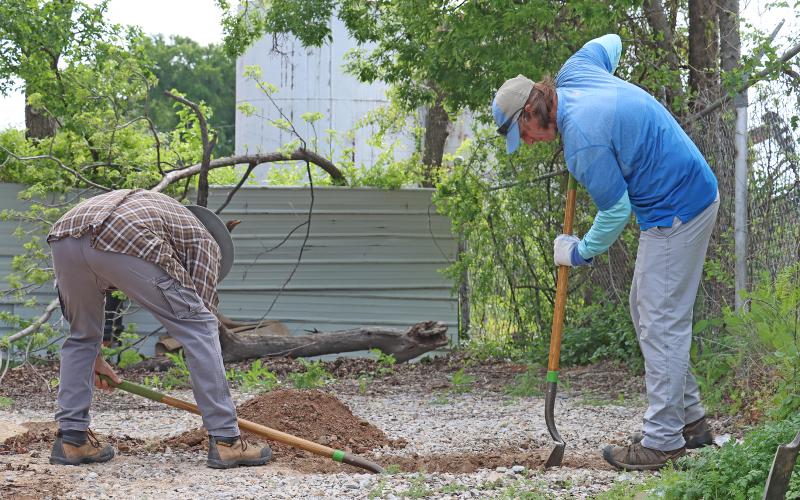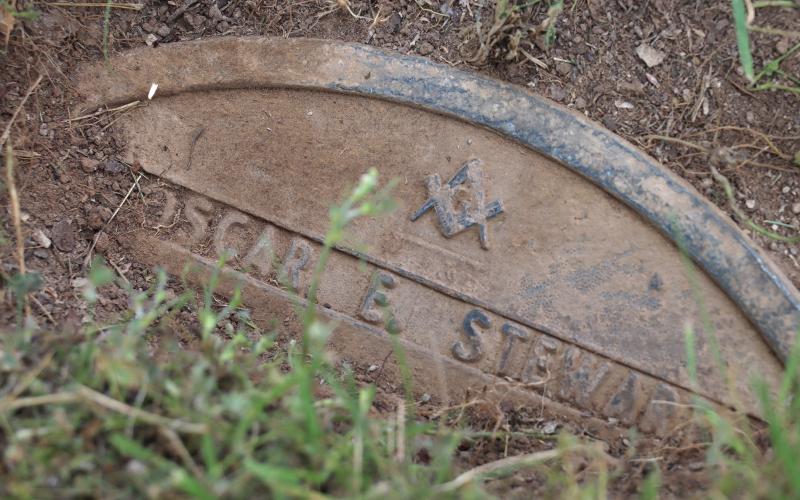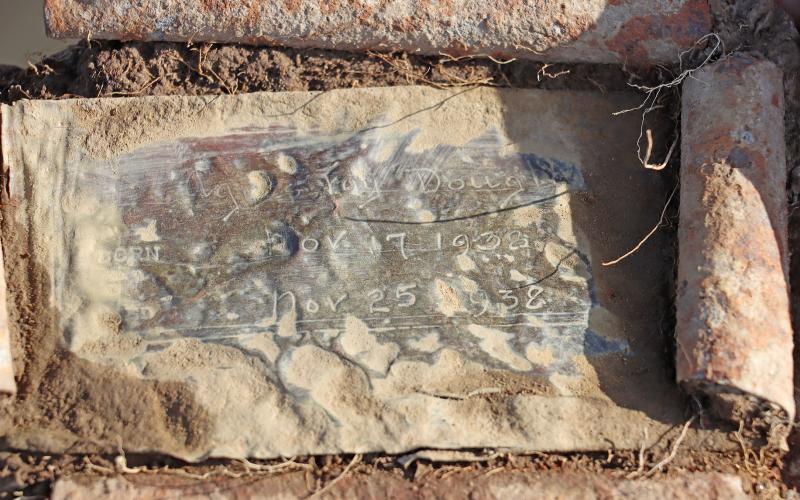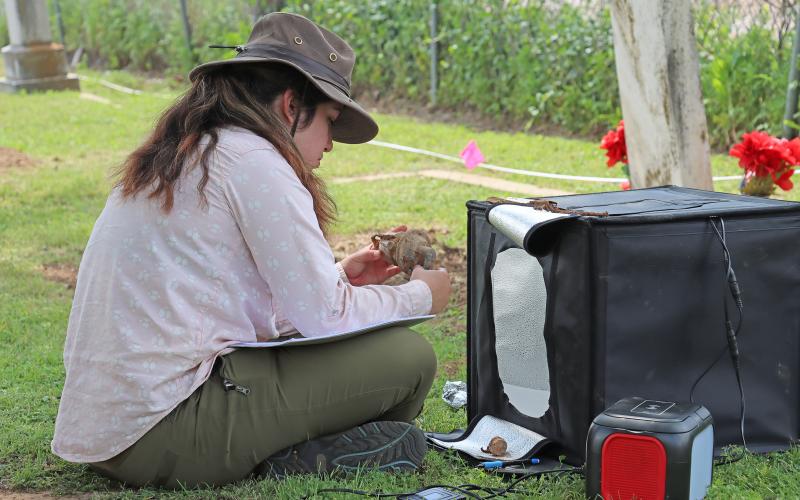Research on local cemetery takes brief pause until Fall
As progress and discoveries continue at the Oak Grove Colored-William P. Johnston Memorial Cemetery, work from students and their professor from Texas Tech University will take a pause until Fall.
Dr. Tamra L. Walter, historical archaeologist and associate professor of archeology, along with graduate students, have worked since the beginning of March to unearth the history of the Young County cemetery. Now, the students will move onto the next chapter of the project.
“They've got to write a report and the next phase, at least for us, is hopefully to finish whatever else we need to finish up here,” Walter said. “We still haven't gotten back there (behind the cemetery onto the encroached area) because of the gravel. So the next phase would include that and hopefully oral histories. We would sit down with community members, descendants, and talk to them about what they remember, relatives that were buried here.”
The professor said the students each are assigned a portion of the report that includes multiple aspects for them to research.
“I also gave them each five or six names of the people that are buried here (and) they have to write biographies for each of them. We pull the report together to say what we did here and then at the very end of the semester the class will do a mock session where they each were given a brief PowerPoint presentation on their portion of the report,” Walter said.
After scraping graves at the cemetery, which involves taking off a layer of topsoil to inspect the ground for potential graveshafts, the students continued to map and search for additional grave markers Saturday, April 7 and Sunday, April 8.
After performing the scraping on several graves and using a metal detector, the group was able to make a number of discoveries at the cemetery at the end of March. The students were able to discover objects placed on top of graves such as parts of light fixtures, white plates and animal bones.
Additionally, the group has been able to find a number of metal markers, matching what they learned from descendants regarding a number of temporary metal markers present in the past. The group is also finding that the boundaries of the cemetery extend beyond the current fence line.
“We're finding the new boundaries, the real actual boundaries of this. …We are finding new grave markers that we didn't know (were there). Before, all we knew was what was above the surface,” Walter said. “With the metal detector, we have been able to find an additional 30-plus potential graves based on the markers, the posts and the plaques. …Some of them have names so we've added them to the list of names here. …It's also confirmed that there are more people here buried than previously thought.”
The research group surveyed outside the eastern portion boundaries of the cemetery and were also able to make a number of discoveries, which included a number of additional markers.
“We're finding graves right up next to the water, which is consistent with what other folks have told us,” Walter said.
The students will continue to add to the mapping system they created when they first visited the site at the beginning of March.
How long the project will continue with the group will depend on what the descendants desire, Walter said in March.
“We're taking it slow and we are hopeful that we can give some answers to the community. One of the things that a lot of people want to know is 'Who's buried here and where are they?' That is something that they're going to have to decide if they want to do more, which could mean DNA analysis, but that's up to (the descendants), not us,” she said. “It could be a long period of time that we're here working, it could be a short period. It really just depends on their needs and what they would like to see done here.”
Walter said this project is for the descendants of those buried in the cemetery, such as Rev. Vanessa Sims who first shined a spotlight on the cemetery and is still searching for her sister’s grave. The professor said the progress made in the spring is promising for the future of the cemetery.
“The most exciting thing, beyond working with the community, is that we're finding these things in a row and alignment, which is great,” she said. “We were talking about using more expensive equipment, but I don't think we need it. Because things are, more or less, where they were placed and that's great news that there are markers here. That is just huge, really, because it gives us a count and a place (for those buried).”







